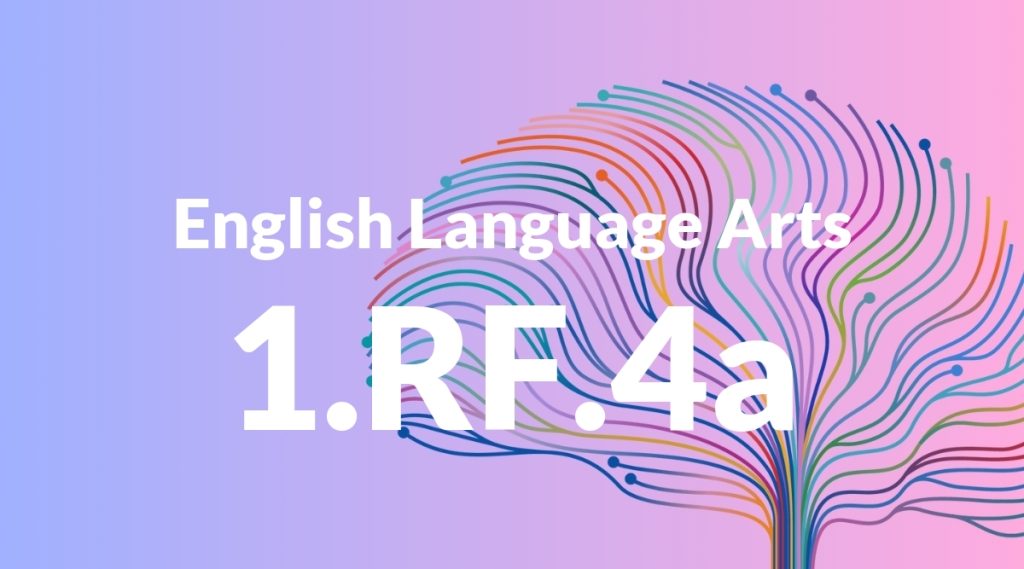Standard: 1.RF.4a – Read grade-level text with purpose and understanding.
Grade level: Grade 1
Subject: English Language Arts
Domain: Reading: Foundational Skills
Teacher Overview
This standard focuses on helping students read grade-level texts with a clear purpose and understanding. It is essential as it lays the foundation for effective reading comprehension, which is critical for all future learning. Students should have a basic understanding of letter sounds, word decoding, and sight words before tackling this standard.
After mastering this standard, students will be able to read more complex texts and engage in deeper comprehension and critical thinking.
Common Misconception 1
A common misconception is that reading is solely about pronouncing words correctly. This is incorrect because comprehension is the ultimate goal of reading.
Intervention 1
Interactive read-aloud sessions where students discuss the text can help them understand that reading is about meaning.
Common Misconception 2
Another misconception is that students need to understand every word to grasp the text’s meaning. This is incorrect as students can use context clues to understand the overall message.
Intervention 2
Teaching students to use context clues and focus on the overall meaning can help them move past this misconception.
Prerequisite Knowledge
Students should be familiar with basic letter sounds, simple word decoding, and recognizing common sight words.
Subsequent Knowledge
Students will develop the ability to read more complex texts, improve their comprehension skills, and engage in critical thinking about the content they read.
Instructional Activities
- Interactive read-aloud sessions
- Guided reading groups
- Reading comprehension games
- Story sequencing activities
- Context clue exercises




